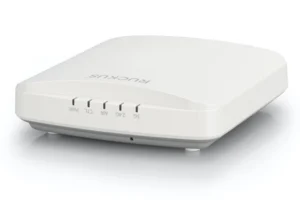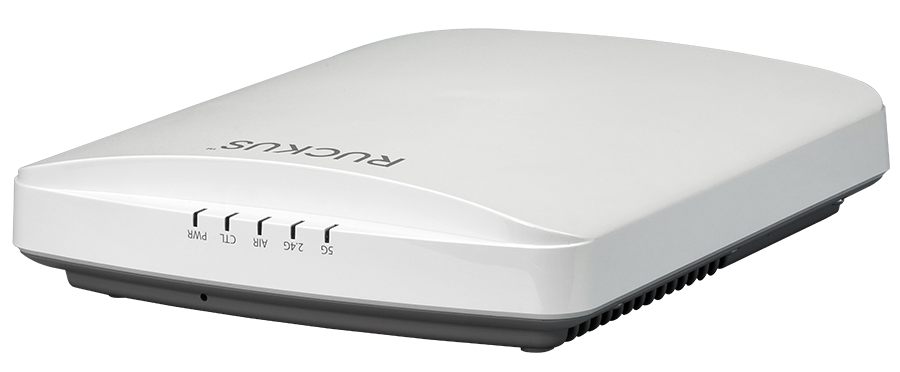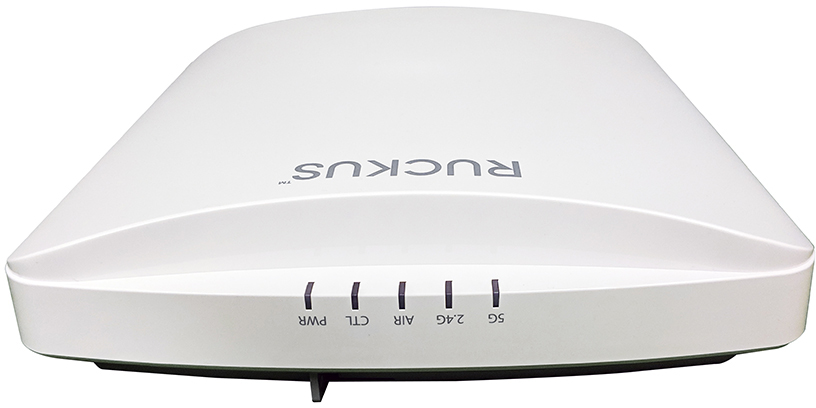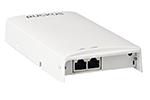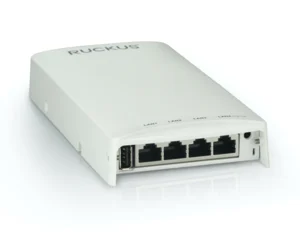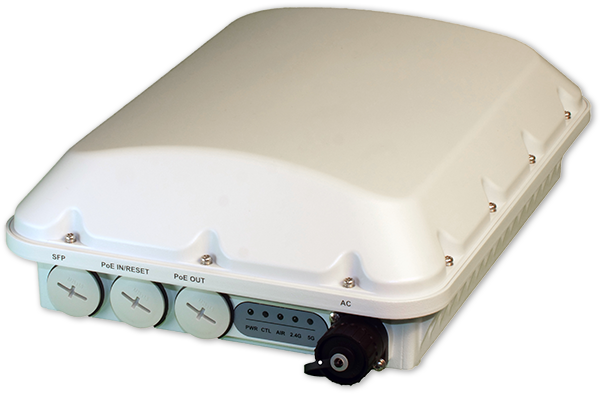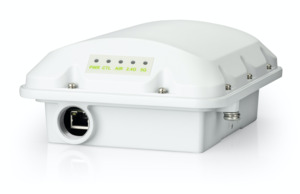
Wi-Fi 6
Next-generation Wi-Fi


Wi-Fi experiences a seismic change in performance and capabilities approximately every five years—and Wi-Fi 6 (802.11ax) is the latest generation of Wi-Fi.
With Wi-Fi synonymous with connectivity, consumers expect and seek out the best Wi-Fi wherever they are. Wi-Fi 6 has the bandwidth, capacity and capabilities to support the ever-expanding requirements of mobile connectivity:
Ideal for crowded environments with multiple simultaneous users or devices demanding instant immersive connectivity—and necessary for service providers seeking to support higher service-level agreements (SLAs) with more diverse usage profiles.
- Faster network performance—up to four times faster than 802.11.ac
- Greater capacity—for simultaneous support of users and IoT
- Reliability—transitions Wi-Fi from a “best-effort” endeavor to a deterministic wireless technology.
- Enhanced features—power saving
Ideal for crowded environments with multiple simultaneous users or devices demanding instant immersive connectivity—and necessary for service providers seeking to support higher service-level agreements (SLAs) with more diverse usage profiles.
WiFi 6 Products
RUCKUS Indoor Wireless Access Points
RUCKUS enterprise access points deliver unparalleled wireless performance, native IoT support in converged indoor, ruggedized outdoor, and specialty models for campus, branch, and remote work.
Look Up Guide
New to CommScope? Start here to see which access points we suggest when your project demands RUCKUS Wi-Fi.
Introducing Wi-Fi 6
Wi-Fi CERTIFIED 6™
Wi-Fi CERTIFIED 6™ is an industry certification program designed to ensure Wi-Fi interoperability based on the latest Wi-Fi standard—Wi-Fi 6 (802.11ax). Devices are validated against a new set of features that support a range of technical enhancements to optimize spectral efficiency, increase throughput and reduce power consumption. Some of the enhancements related to the Wi-Fi 6 standard include:
OFDMA
Orthogonal frequency-division multiple access (OFDMA) and multi-user multiple-in multiple-out (MU-MIMO) are techniques that increase reliability and efficiency in the unlicensed Wi-Fi spectrum. In contrast to previous generations of Wi-Fi, OFDMA allows Wi-Fi performance to be more deterministic, as devices consistently receive more attention with minimal contention. This helps stabilize Wi-Fi performance, especially in higher density environments.
Uplink OFDMA
Uplink-OFDMA reduces collisions and overhead, and also increases the range of Wi-Fi networks. This is because it solves the problem of asymmetry. Access points (APs) transmit signals farther than mobile devices, meaning AP signals can reach devices but device signals cannot reach APs. Uplink-OFDMA can use narrower channels to transmit farther, thus reducing the problem of asymmetry—which is critical in outdoor environments.
1024-QAM
Wi-Fi 6’s 1024-QAM constellation (in contrast to 256-QAM for 802.11ac)—in combination with other Wi-Fi 6 techniques—results in a quadrupling of the data rate versus the previous generation of Wi-Fi.
Target wake time
First introduced in the IEEE 802.11ah standard, target wake time (TWT) enables scheduled sleep and power-on (awake) times, along with pre-negotiated wake times between AP and clients, to enhance the battery life of client devices.
Wi-Fi 6: Is it time to upgrade?
Delivering great Wi-Fi performance is hard, and it’s only getting harder. Wi-Fi 6 raises the bar on performance and capacity for mobile users, IoT devices, and latency-sensitive applications.
What is Wi-Fi 6?
Wi-Fi CERTIFIED (Wi-Fi 6) brings higher capacity, efficiency, and performance to enterprises, distributed offices, and small businesses.
What is Wi-Fi 6E?
Beyond Wi-Fi 6, Wi-Fi 6 extended (Wi-Fi 6E) aims to support mobile users, IoT devices and latency-sensitive applications in the 6GHz band.
Why is it so hard to deliver great Wi-Fi?
Users and network operators want the same thing: secure, reliable, high-performance Wi-Fi, for every device, every time. However, delivering this is far from easy—but can be accomplished with the right technologies. RUCKUS technologies solve the challenges of delivering great Wi-Fi.
Wi-Fi 6 APs Performance Under Pressure
Which cloud-managed Wi-Fi 6 APs perform best under pressure?
A March 2021 Packet6 test of cloud-managed Wi-Fi 6 access points (APs) put five cloud-managed, 4-stream APs under pressure in a real-world, high-density environment. Under simultaneous data, voice and video demand from 60 clients, only the CommScope RUCKUS® AP met enterprise-grade service levels.
Vendors’ best Wi-Fi put to the test
The test challenged each out-of-the-box AP to manage and prioritize traffic associated with 30 Wi-Fi 6 laptop clients streaming 1080p video; 20 Wi-Fi 5 laptop clients and five Wi-Fi 5 tablets downloading data; and five Wi-Fi 5 tablets running simulated bi-directional Voice over Internet Protocol (VoIP) calls.
The RUCKUS R750 was the only AP that delivered stall-free video to all 30 clients and provided a “good” mean opinion score (MOS) to the VoIP clients, while delivering nearly twice the throughput of the other APs.
RUCKUS delivers where others don’t:
- Reliable Wi-Fi connectivity while under real-world stress
- Better real-world application performance for every client
- Up to two times greater throughput, supporting more users and devices
- Out-of-the-box QoS mechanisms that ensure high-quality VoIP calls
- AI- and ML-powered analytics that reveal root cause faster
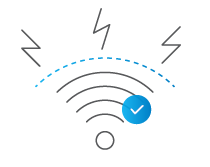
Download the infographics to learn more.


